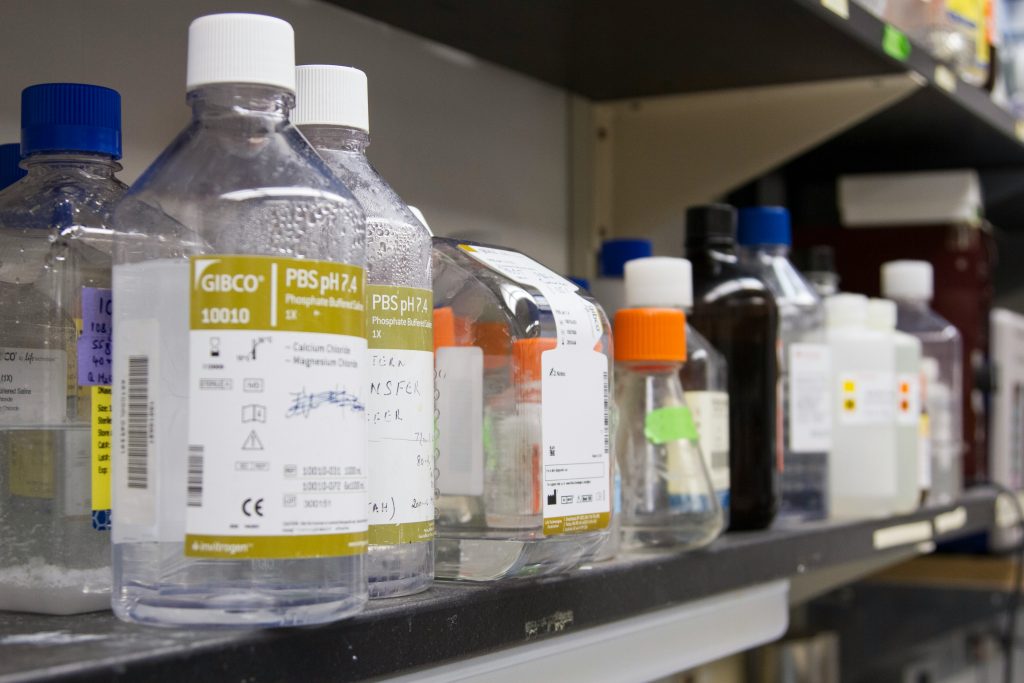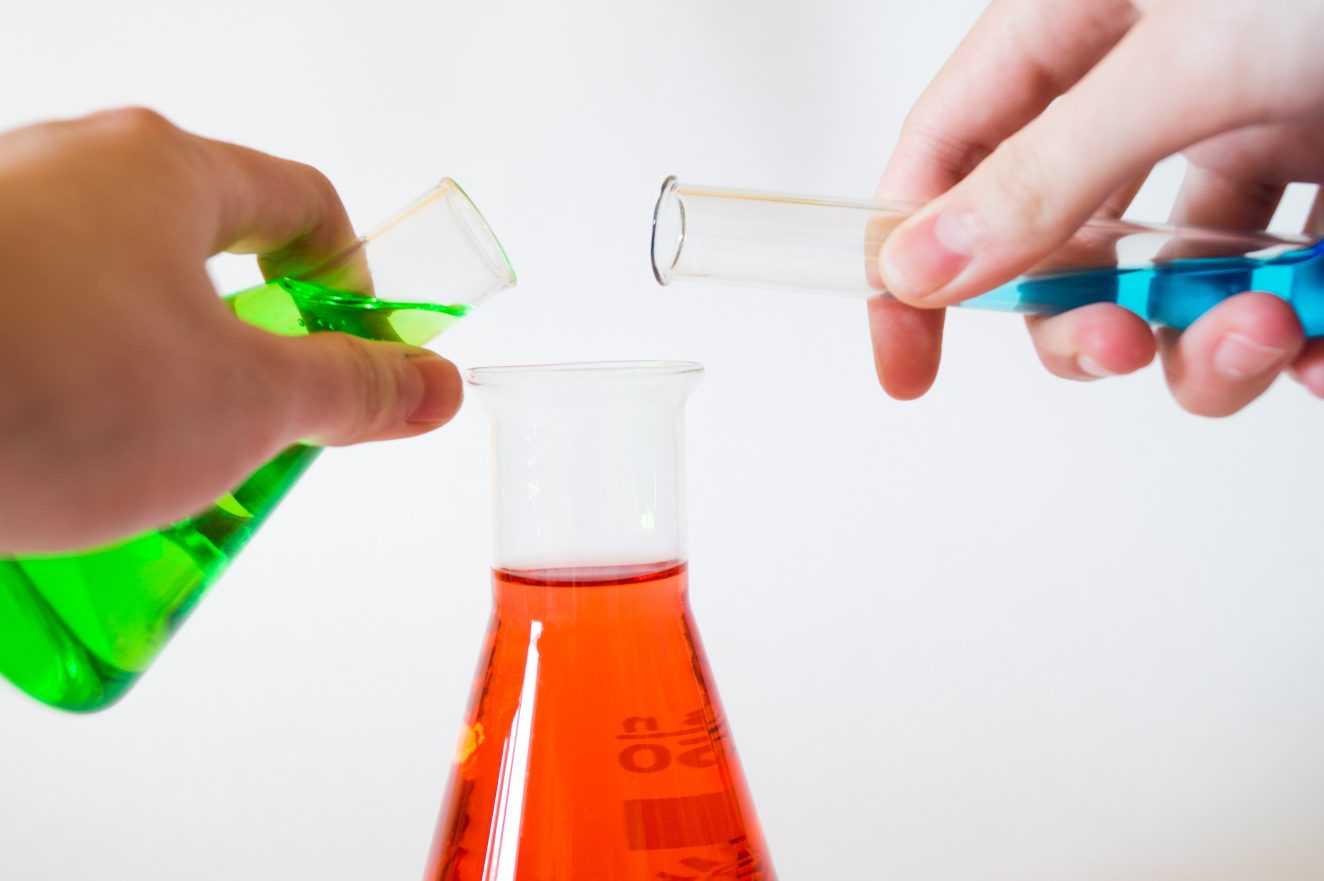In the bustling world of industry, over 400 million tons of hazardous waste are generated each year. These hazards predominantly emanate from various job sites like fabric manufacturing, pesticide production, and electroplating operations. Unfortunately, this means that numerous employees find themselves exposed to perilous substances on a daily basis. In this article, we’ll shed light on the top 10 most dangerous chemicals present in workplaces, along with the associated health risks.

Harmful Chemicals
Arsenic
- Physical state: Solid
- Workplace presence: Agriculture, wood preservation, glass production, electronics.
- Health risks: Cancer, respiratory and circulatory problems, nervous system damage.
Lead
- Physical state: Solid
- Workplace presence: Mining sites, car batteries, roofing materials, statues, electronics, ammunition, sailboats, scuba diving gear.
- Health risks: Anemia, brain damage, kidney disease, birth defects.
Benzene
- Physical state: Liquid
- Workplace presence: Crude oil, gas, plastics, detergents, pesticides.
- Health risks: Bone marrow damage, anemia, weakened immune system.
Chromium
- Physical state: Solid
- Workplace presence: Alloys, stainless steel, coating to prevent rust.
- Health risks: Asthma, respiratory irritation, cancer, damage to eyes, ears, kidneys, and liver.
Toluene
- Physical state: Liquid
- Workplace presence: Paint thinners, nail polish removers, glues, correction fluids, explosives, printing, leather tanning.
- Health risks: Dizziness, confusion, anxiety, muscle fatigue, insomnia, numbness, dermatitis, liver and kidney damage.
Cadmium
- Physical state: Solid
- Workplace presence: Rechargeable batteries, coatings, solar cells, pigments, plastic stabilizers, plating.
- Health risks: Flu-like symptoms, lung and respiratory damage, kidney disease, bone disease, cancer, damage to neurological, reproductive, and gastrointestinal systems.

Zinc
- Physical state: Solid
- Workplace presence: Pipe organs, auto parts, sensing devices, sunblock, ointments, concrete, paint.
- Health risks: Nausea, vomiting, cramps, diarrhea, headaches, kidney, and stomach problems.
Mercury
- Physical state: Liquid
- Workplace presence: Thermometers, barometers, fluorescent lamps, dental fillings, telescopes, cosmetics, vaccines.
- Health risks: Damage to the nervous system, digestive system, immune system, lungs, thyroid, kidneys, memory loss, insomnia, tremors, neuromuscular changes, and paralysis.
Pesticides
- Physical state: Liquid, solid, gas
- Workplace presence: Agriculture, pesticide production.
- Health risks: Blindness, rashes, blisters, nausea, diarrhea, respiratory problems, cancer, asthma, seizures, Parkinson’s disease.
E-Waste
- Physical state: Liquid, solid, gas
- Workplace presence: Electronic waste from appliances like televisions, refrigerators, microwaves, and computers.
- Health risks: Inflammation, oxidative stress, cardiovascular disease, DNA damage, kidney damage, nervous system damage, cancer.
Get to Know Your Chemicals
The first step is to understand the chemicals you’re using. Every hazardous substance on your premises should come with a safety data sheet (SDS). These sheets, usually provided by your chemical supplier or manufacturer, contain crucial information about the properties, risks, and hazards associated with each chemical. It’s mandatory for suppliers to update these sheets every 5 years. Accessing them can be made easier through SDS management programs like Chemwatch. Make it a practice to obtain the SDS for any new chemical before it arrives. This allows you time to review potential hazards and make necessary adjustments to your work setup, such as acquiring new protective gear or storage solutions.
Provide the Right Protective Gear
Armed with knowledge about a chemical’s dangerous properties, you can then invest in the correct personal protective equipment (PPE). PPE shields workers from direct contact with chemicals, safeguarding their eyes, skin, airways, and entire bodies.Safety data sheets will outline the specific PPE required for various aspects, including personal hygiene, skin protection, eye protection, respiratory protection, and thermal protection. Additionally, they may specify the need for safety showers, eyewash stations, or specialized first aid equipment at workstations.Always remember, while PPE is essential, it should be seen as a last resort. Ideally, find ways for workers to avoid direct contact with chemicals altogether.
Store Chemicals Safely
Chemical reactions can lead to serious hazards like fires, explosions, or toxic gas clouds. To prevent such issues, it’s crucial to store hazardous chemicals safely. Many chemicals react adversely when they come into contact with other substances, so proper storage is essential.
Thoroughly Train Your Staff
Providing PPE and safety gear is just one part of the equation. Every staff member exposed to the risk of hazardous chemicals must have a comprehensive understanding of the associated risks and hazards. This includes not only those working directly with the chemicals but also office and administration staff who might need protection when visiting manufacturing areas. Training should extend to staff and contractors, ensuring they know how to respond in emergency situations like explosions, major spills, or fires. Preparedness is key to minimizing harm and maintaining a safe working environment.

Awareness is the first step towards ensuring workplace safety. Understanding the potential hazards posed by these chemicals empowers both employers and employees to take necessary precautions and implement proper safety measures, ultimately creating a healthier and safer work environment for all.





